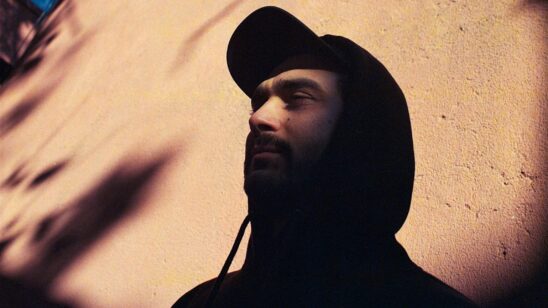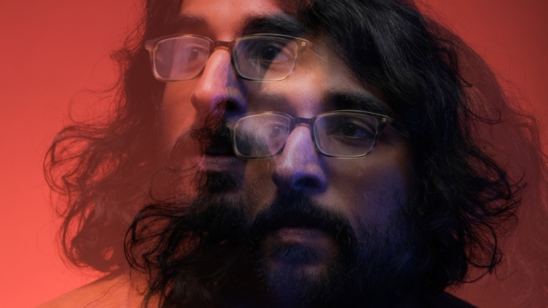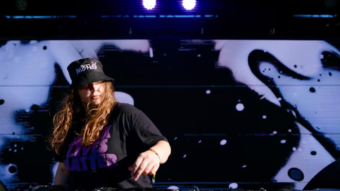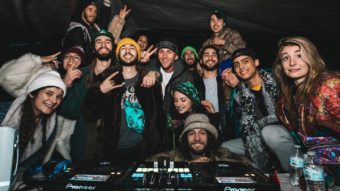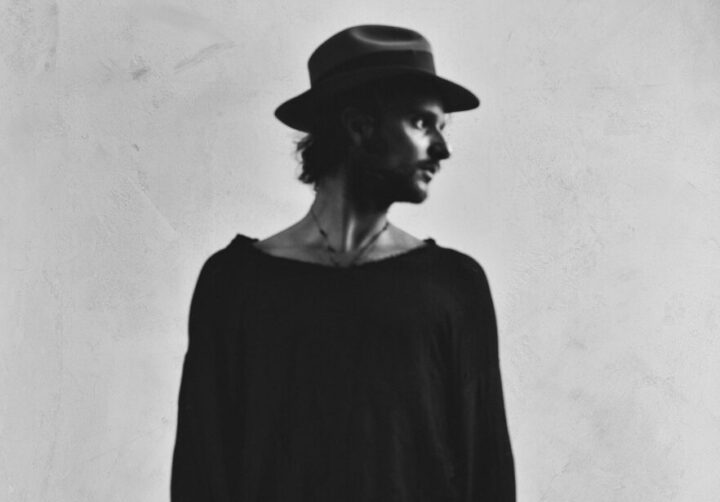
Satori Finds Perfection in Imperfection
Dutch artist and musician Djordje Petrovic, also known as Satori, is releasing his new album at the end of April called Dreamin Colours, which to him is held close to his heart. Despite spending most of the pandemic away from his girlfriend Karina, as she was stuck in New York, he was not far from other artists who collaborated with him on the upcoming album.
“It was made during a time of isolation, but for me, it was all about connection and being with people in the studio together,” Petrovic says. “I was never more connected with artists in the studio than before the pandemic.”
The nomad sounds producer explained that this was going to be his new approach to making music, as opposed to sitting in front of the laptop with headphones on and being in isolation. In the process of producing his song, “Lalai”, which featured Iranian Opera singer, Ariana Vafadari, the Maktub-head explained that he had an owner of an Ibiza nightclub write up documents stating that Vafadari would have to fly into Ibiza from Paris for work since she was not allowed to go outside a 12-mile radius from her house. “We were all kind of like a bunch of cowboys and pirates, traveling around the world just to be together and make music.”
Part of what sets Satori apart from other artists is his emphasis on the authenticity of his samples — utilizing natural sounds in nature and the surrounding external ambient in his production in an effort to avoid the classic use of plug-ins or computer echoes that are stemmed from the Internet. His vision is to create beauty incorporating all its faults — searching for perfection through imperfections. Throughout the upcoming album, the main concept is to highlight reality and the spaces, environments, and sounds it provides.
“I don’t want any of this perfect stuff. I don’t love perfect things. I like when things are not perfect, and I like when things are a little bit out of character and a little bit sloppy,” Petrovic says.
When some DJs perform today, one of the most used practices is to hit the sync button to automatically match tracks together to achieve a near-perfect beat match without having to manually adjust. Satori emphasizes that this is something derived from an outlook society has built around DJ sets being ideally seamless when performing live. He believes it should be the opposite, and that it is inevitable to make mistakes.
“I think we need to trust in the fact that people understand what live music is,” Petrovic says. “People understand the beauty of making mistakes. People understand the beauty of being out of tune. People understand the beauty of having something which sounds a little messy but still has a beautiful energy and is genuine.”
Recognizing that pressing a play button for a track wasn’t enough for him, Petrovic migrated into bringing instruments on stage with him. Through his musical journey, the artist understood that the crowd will appreciate the mishaps made on stage and that it is something not to be picky about when acquiring his mind-altering and earthly sound.
“The track wasn’t always the same or perfect, but I could feel the crowd kind of understood the art of live sets.”
Satori supports the art of capturing real-life moments and applying them to his music by working with an engineer to record different sounds he captured during his time in Ibiza. Additionally, every song on Dreamin Colours has a different story behind it that is enriched with interpretation and a scenario.
“That is why we made an hour-long documentary on the album because I just wanted to show the world that every song has a meaning and background story,” Satori adds. “It is very important for me to show that because we live in this world where everyone goes on Spotify and hits shuffle, and they sometimes forget that every song has a story.”
Satori has made his mark in the music industry by showing the world that his live performances can take his audience into different dimensions with an infinite-sound garden of music. His inspiration to apprehend the world of electronic music and combine it with live natural sounds has played a major role in shaping who he is as a performer, musician, producer, and artist.
“You know, let’s say the whole DJ culture and the whole electronic culture also kind of made music a little clean and plastic, but still people like to hear dance, and why do we like to hear dance because it’s not flawless and not perfect.”


